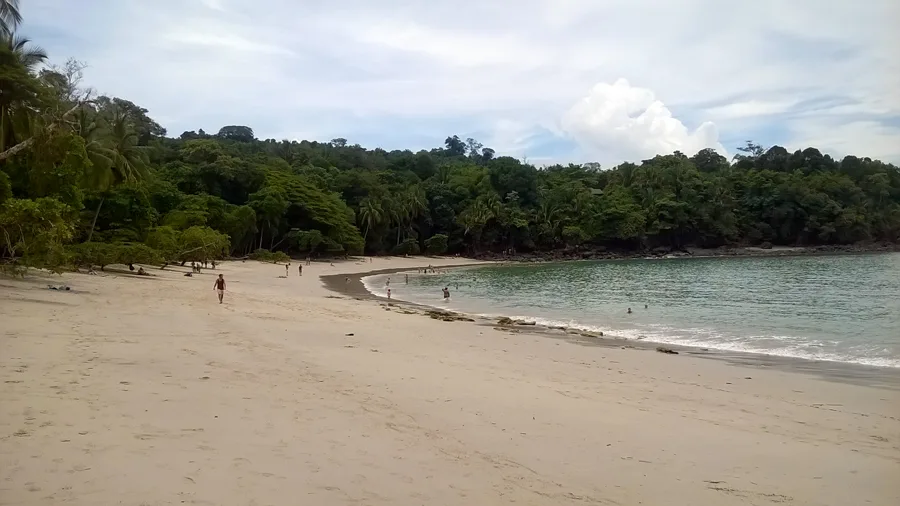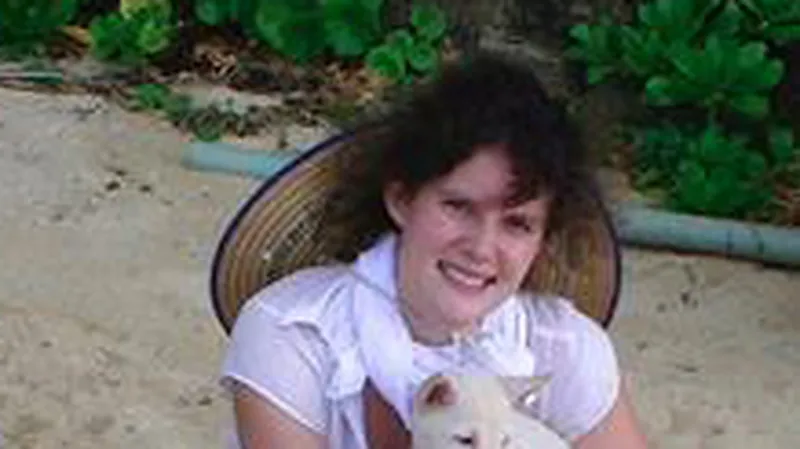Assessing Tourism Carrying Capacity in Costa Rica
The two main objectives of a national park are conservation of biological diversity and the provision of recreational opportunities. Unmanaged visitation can undermine both of these objectives. Manuel Antonio is currently the most visited national park in Costa Rica. Over 300,000 visitors are attracted by its magnificent tropical beaches, its accessible rainforests, and abundant wildlife, which includes endemic squirrel monkeys and sloths among many others.

A calm morning in Manuel Antonio National Park. Especially in the high season and on holidays, trails and beaches can get crowded.
The terrestrial portion of the park is relatively small (around 1,800 hectares). Urban and agricultural development increase pressure from outside the park. Massive visitation implies additional impacts on wildlife, natural resources, and ultimately, on the visitors’ experience inside the protected area. Around half of the visitors perceive some level of crowding in the park. Illegal feeding of wildlife has been a serious problem for years. As a result, species such as capuchin monkeys and raccoons have evidently altered their behavior. They mobilize astonishing levels of intelligence, skills, and aggressiveness to go after food brought by park visitors, no matter if those are interested in feeding the animals or not.

How to create a monster: Capuchin monkeys are highly intelligent. If they get habituated to people by being fed, they also become extremely aggressive.
The park administration works hard on keeping up with these challenges. Substantial resources have been invested in a complete renovation of the park infrastructure. A new management plan is just being approved. According to this plan the park administration needs to determine and enforce a tourism carrying capacity. Traditionally, protected areas in Costa Rica have applied numerical carrying capacities to control negative visitation impacts. This helps, but the problem is much more complex. More advanced concepts of carrying capacity, such as “Limits of Acceptable Change,” consist of the measurement of negative impacts by quantitative indicators and setting thresholds for unacceptable levels of these impacts. Corrective management action is taken when thresholds are exceeded.
The park administration has asked the SFS Center for Sustainable Development Studies to assist with implementing an indicator-based carrying capacity framework. For next semester, I am planning a Directed Research project in Manuel Antonio. We will assess negative impacts on the environment and on visitors’ experiences by applying surveys and field measurements. I’m looking forward to working together with students and the park administration on this project, and I feel honored for the opportunity to work with one of the most important protected areas in Costa Rica.

The park recently has invested substantial resources in renovating its entire trail system.
Related Posts


Alumni Reflections: Stories of the Return to Kenya

